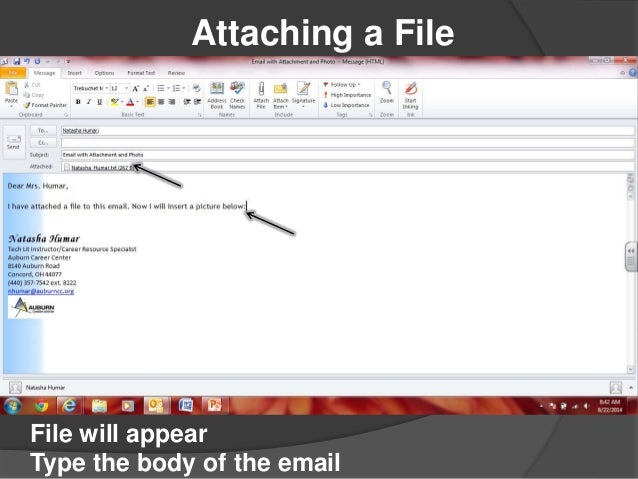


- Integrate to do with outlook install#
- Integrate to do with outlook generator#
- Integrate to do with outlook upgrade#
- Integrate to do with outlook code#
- Integrate to do with outlook professional#
You will be guided through a series of steps to scaffold the starting template for the project. However, if you want to have a good debugging experience, it's better to create the project in Windows, so that you'll be able to debug the add-in using Outlook for desktop. Please note: since it's web based development, you might be tempted to work on this project using the Windows Subsystem for Linux, which typically delivers better performances, especially on the file system. Once you have all the requirements, open a terminal and run the following command:
Integrate to do with outlook generator#
The Yeoman generator for Office add-ins.We're going to create the Outlook add-in using the new web-based model, so you will need the following tools installed on your machine: Once ChatGPT will be available (directly through Open AI or using another provider, like Azure Open AI, you will just need to swap the model (or the API implementation), but the basic architecture will stay the same. The goal of this blog post is to help you understand the capabilities of these models and the basic steps to integrate them. We aren't going to use the real ChatGPT model, since it isn't available for public consumption yet, but we're going to use one of the many powerful GPT models offered by OpenAI.
Integrate to do with outlook professional#
We're going to build an Outlook add-in that, through OpenAI APIs, will help people to craft professional business mails from one or two sentences. So, why don't we get ahead of the game and we start to play with the possibilities of using AI to improve productivity? In this blog post we'll combine the best of both worlds: the productivity offered by the Microsoft 365 ecosystem and the content generation capabilities of the latest AI models. And I'm sure, in the coming months, we'll see even more integrations some of them have already been announced, like the ones in Teams and Viva Sales. AI becomes a copilot, that can assist you during your daily tasks and help you to be more productive and, as the new Microsoft mission states, "do more with less". But it's ChatGPT that really ignited the interest, by providing a conversational model that it's very close to the human one and that, most of all, can help you accomplishing many tasks: it can make searches, it can relate content together, it can generate summaries or lists, it can create stories, etc.Ī few days ago, Microsoft demonstrated how ChatGPT isn't just a "toy" to play with, by announcing a new shift of the search experience with the integration of a conversational and content generation experience into Bing and Edge. Dall-E, the model developed by OpenAI to create images, started to give a new meaning to "generative AI", showing the capabilities of these new powerful AI models. However, recently, interest has started to spread also outside the tech enthusiast bubble. The tech world has always shown a lot of interest in Artificial Intelligence, especially in the last years.
Integrate to do with outlook code#
The source code on GitHub has been updated to use the new model. This way, the model is able to get the whole context and provide an answer to the last question ( Where was it played?). Other than the messages generated by the user, we pass back also the messages generated by ChatGPT using assistantas role.
Integrate to do with outlook install#
This command will install version 3.1.0, which includes a new API to interact with the ChatGPT model. Let's look at the complete code:Ĭonst configuration = new Configuration(
Integrate to do with outlook upgrade#
But before, we must open a terminal on the folder which contains our project and upgrade the OpenAI library with the following command: Let's look at how the generateText()function must be changed to use ChatGPT. However, the way this model can be used in your applications is slightly different than the one we have used in the post to leverage the Davinci model. The model, in fact, is priced $0.002 / 1K tokens, while the Davinci one we have used in the original version of the project is priced $0.0200 / 1K tokens.

The model is called gpt-3.5-turbo and the good news is that it's 10 times cheaper than the Davinci one. Open AI has made the ChatGPT model available through its APIs.


 0 kommentar(er)
0 kommentar(er)
